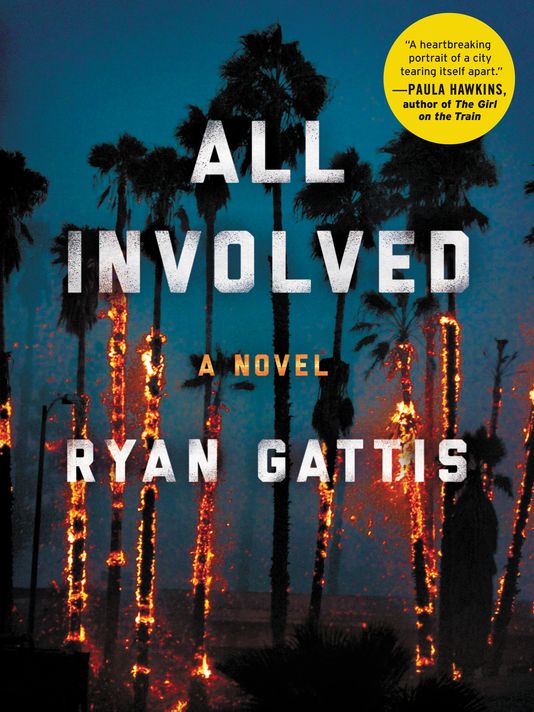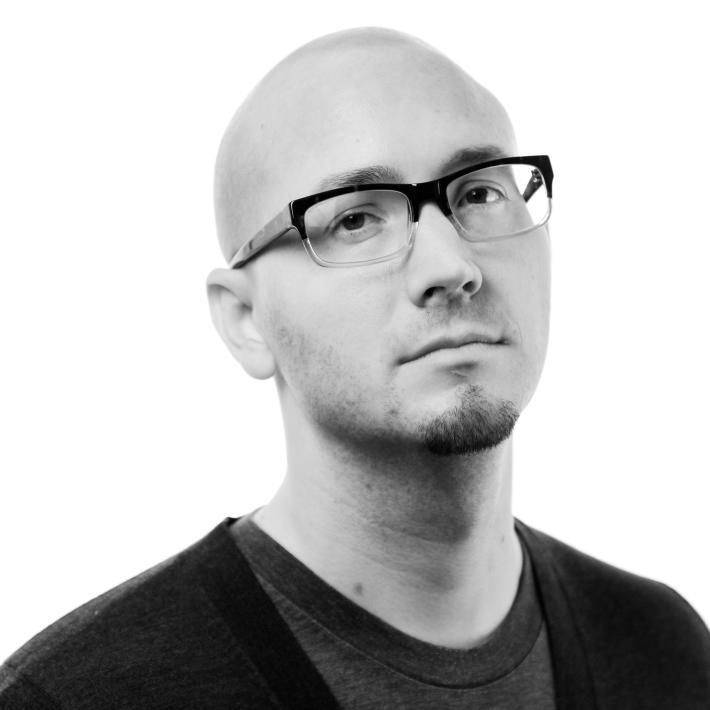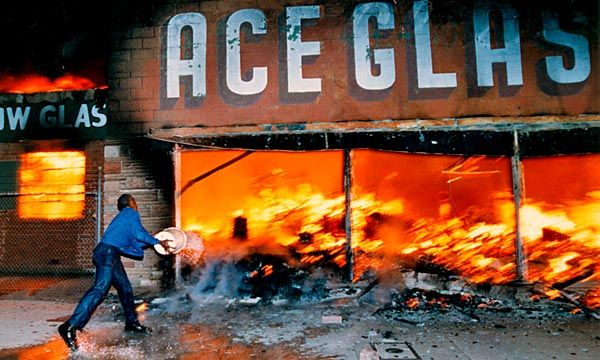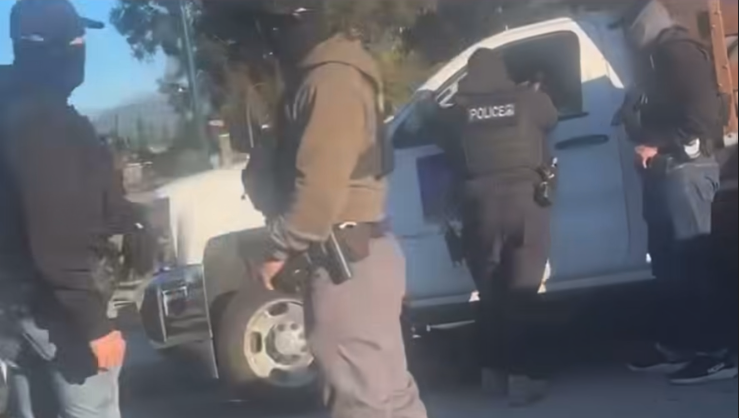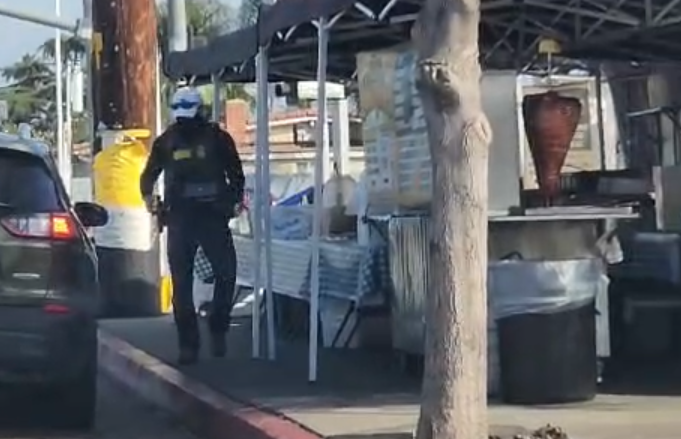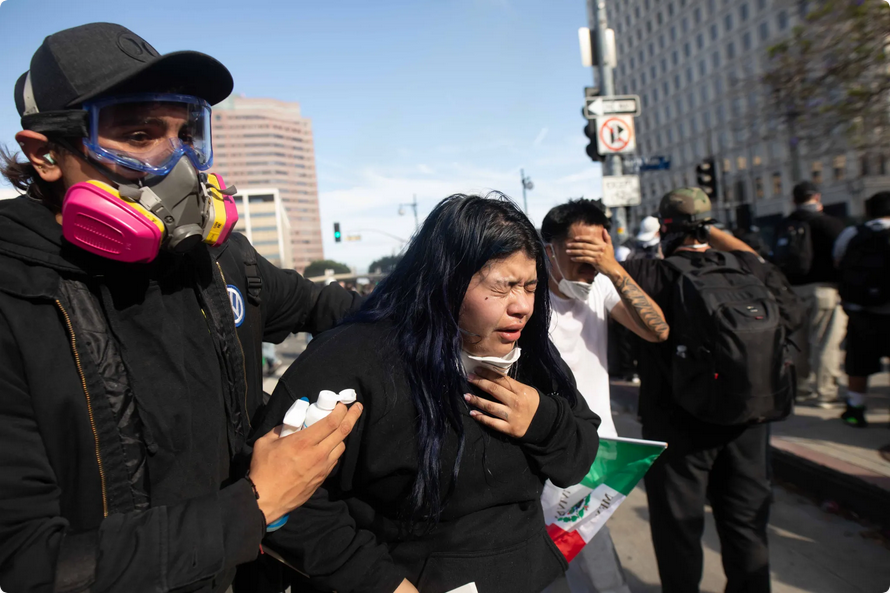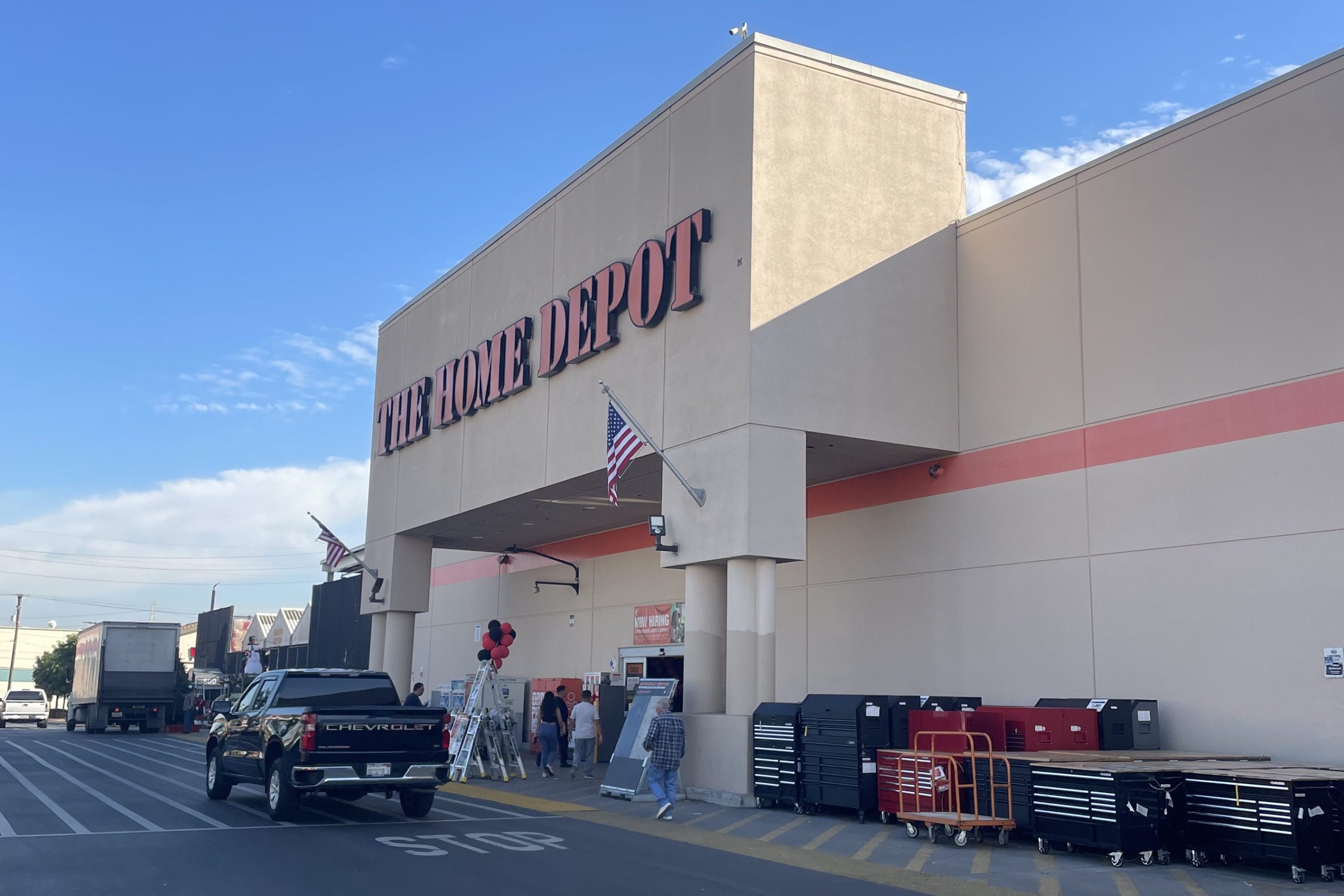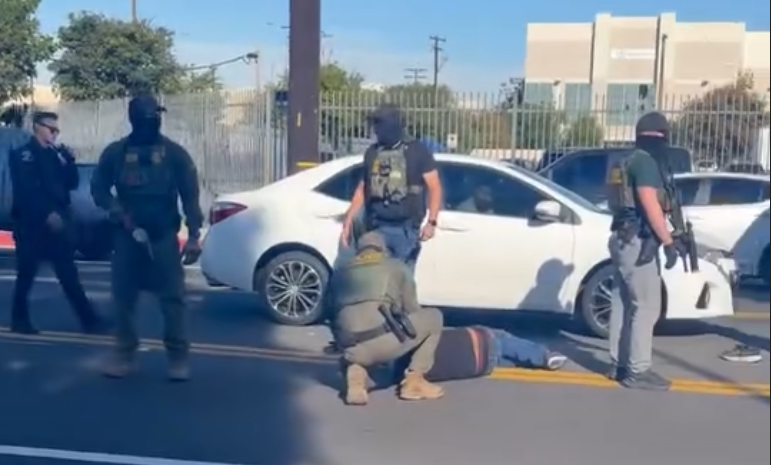Ryan Gattis is a novelist living and working in Los Angeles. A member of the art crew UGLARWorks, Ryan's writing is both personal and a reflection of the city that helped shape him as a writer. His latest novel is All Involved, which is set mainly in Lynwood during the L.A. Riots. The book follows over a dozen characters as they attempt to survive at one of the most critical points in Los Angeles history, and is gaining rave reviews from L.A. to N.Y to London. We caught up with Ryan to discuss the riots, the book, and Tacos El Unico.
Where were you during the riots?
I was in Colorado. I remember standing in the kitchen of my parents’ home in Colorado Springs while watching a nightly news report. Before the clip rolled, viewers were warned that what was to come was very violent, and that those with weak stomachs should turn away. I must have been thirteen years old at the time, so I didn’t turn. I leaned in. What came next was Damian ‘Football’ Williams smashing something heavy into Reginald Denney’s head. When it hit, I recoiled. I think my father even shouted when he saw it. My next thought was that Reginald Denney was certainly dead, and that was the first time I’d ever thought I’d seen a dead body, right there in the intersection of Florence and Normandie.
Since you’re not from Los Angeles, what was it like researching this book?
It was daunting, but in retrospect, I think being an outsider actually helped me. I came to the subject without biases; I was simply open and ready to listen. Over the course of my nearly 2.5 years of research & background work, I spoke with dozens of Angelenos, watched hours & hours of news footage—in addition to raw footage of the 1992 L.A. Riots, read every book I could find (Twilight: Los Angeles 1992 by Anna Deveare Smith, Official Negligence by Lou Cannon, Fires & Furies by Major General James Delk, to name a few), and dug through reels & reels of microfiche. But my research primarily began with speaking to former Latino gang members about the late 80s and early 90s, a time it seemed to me, that resembled the Wild West in many ways.
How did you go about earning the trust of former gang members?
In a word, respect. I looked people in the eye and treated them how I wanted to be treated. I also made it clear that I was writing fiction; I didn’t want to tell their stories. This helped people relax, I think. Instead, I was most interested in knowing what the time felt like to them, what music did they listen to, how did the city (with over 11,000 fires) smell during that time? I was after the spirit & feeling of being in a place like Lynwood during the worst civic disturbance in the history of the United States.
I think being associated with UGLAR helped too, though. We have a reputation that precedes us, and I definitely benefitted from the work Espi, Steve, Evan, Jose, & Chris had been putting in for well over a decade. Beyond this, I found it very important when actually sitting down with people to share my own experience with physical violence when it became clear I wanted to write about Lynwood. I needed people to know that I was a survivor of violence (when I was 17, I was hit so hard that all the cartilage was torn out of my nose, and I needed 2 facial reconstructive surgeries to fix it), and that as a result of what I’d been through, I’m not interested in romanticizing or glorifying violence. I made it clear that the focus would always be on humanity and empathy and that really resonated with the folks I spoke to.
The book is written in the first person from a wide variety of cultures. Did you have any trepidation about being able to authentically express those voices and perspectives?
Of course! But that’s why the research process is so important. I constantly fact-checked & detail-checked with people from those cultures who had intimate knowledge of the time about which I was writing because it was extremely important to me to make sure the fiction squared with what they knew. Whether I was speaking to a firefighter or a former gang member, my process didn’t change.
It’s always a challenge to write outside one’s personal experience, but that’s what fiction is all about. It’s an empathy engine. The key, I think, is to focus on humanity and accept the story and its characters as a challenge and know without a single doubt that the burden of portraying these characters’ lives in a vibrant way falls on respectful research, background, and concrete detail in order to attain authenticity and not only do justice to the people & cultures portrayed, but to honor them as well.
Honestly, if you had told me at the beginning of the process that my novel would contain 17 different first-person narrators when it was finished, I would have quit before I even started. I had the virtue of ignorance, in this case, and I literally took it one day—and even one character—at a time.
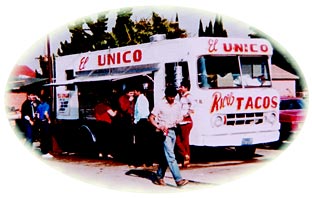
Tacos El Unico plays a subtle but central role in the novel. Two questions-- is it based on the real Tacos El Unico chain/trucks? Was it important to have a taco truck as a major location in the novel?
I did my utmost to be true to the community of Lynwood at that time, and Tacos El Unico did (and still does) play a central role there. This idea of being true to the time & place extends throughout the rest of the book and was tremendously important to me: as much as possible, I did what I could to incorporate actual places while fictionalizing what happened to them. For example, in Fireman Anthony’s section, when he is sent to fight a fire on a block in Vermont Knolls, that block really did go up in flames during those six days in 1992.
The character of FREER seemed to capture the soul of an urban artist. In general, what role do you think graffiti plays in Los Angeles?
Honestly, this question could have its own essay. As FREER says of his most important piece in the book—a tribute to a dead friend—it is a “middle finger and a headstone all rolled into one.”
The short answer is that graffiti is (in general and in Los Angeles) deeply human. It is a way to mark territory, remember the dead, and get your name out. It speaks from (and to) those not always seen in this city. It is life-in-darkness, but it is rebellion too, it is a way to be seen & heard by those who might never even acknowledge you and certainly won’t help you, but it is still so much more. Graffiti tells us about the conditions it springs from.
On that score, no one has said it better than the godfather of graffiti in Los Angeles, Chaz Bojorquez: “graffiti is a bruise; it shows you where it hurts.” In that way, graffiti shows us where the city is struggling, and also where it could be better for the people who live there.
In whatever letters, in whatever style, graffiti says: I’m here; I’m alive; I’m surviving. For someone like FREER, it says: even when you’re trying not to see me, I’m here. There’s something valiant and important in that message, I think.
Police violence is very much in the news of late. For the most part, your book steers clear of the LAPD. Did you consider a chapter written from a cop's perspective, and why did you choose to keep the LAPD in the background?
Lynwood at that time (and to this day) was not policed by the LAPD, but by the L.A. Sheriffs Department. As a result, I found it didn’t make sense to incorporate an LAPD perspective, and, for what it’s worth, there is an absolute mountain of information out there about their organizational role in those six days—everything from articles and documentaries, to Cannon’s book. The character of Anonymous, however, is a law enforcement officer, and from my point of view the covert nature of his activities made it all the more interesting to write.
What's your favorite taco spot?
It’s a toss-up, really! These days, I find myself most often at Guisados in Boyle Heights or at the Guerrilla Tacos truck, but that doesn’t stop me from daydreaming about the shrimp taco dorado at Mariscos Jalisco or a short rib taco from the Kogi truck.
